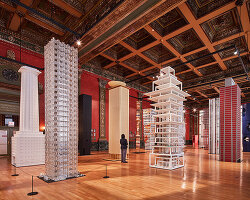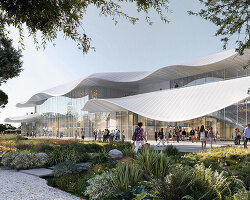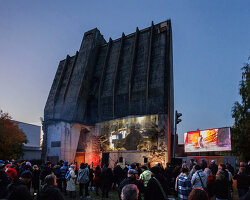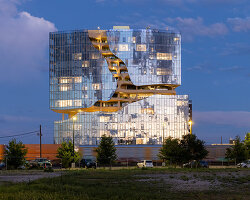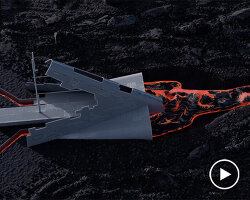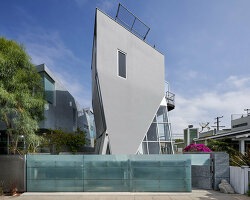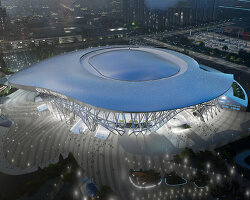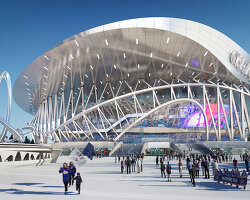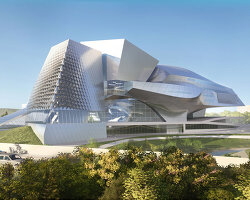KEEP UP WITH OUR DAILY AND WEEKLY NEWSLETTERS
happening this week! holcim, global leader in innovative and sustainable building solutions, enables greener cities, smarter infrastructure and improving living standards around the world.
PRODUCT LIBRARY
the removable four-toed ‘gloves’ of the superfinger superstar can also be used as bags or be attached to other shoes.
broken pieces of soft mirrors are pieced together using medical cotton gauze and 18-carat gold finishing, while the electric components installed allow them to move autonomously.
across twelve themed galleries, the first-of-its-kind show at qatar's national museum traces the evolution of pakistan's visual arts and architectural practices over the past eighty decades.
comprising a store, café, and chocolate shop, the 57th street location marks louis vuitton's largest space in the U.S.
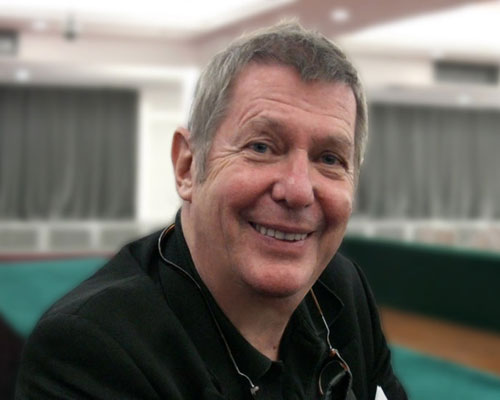
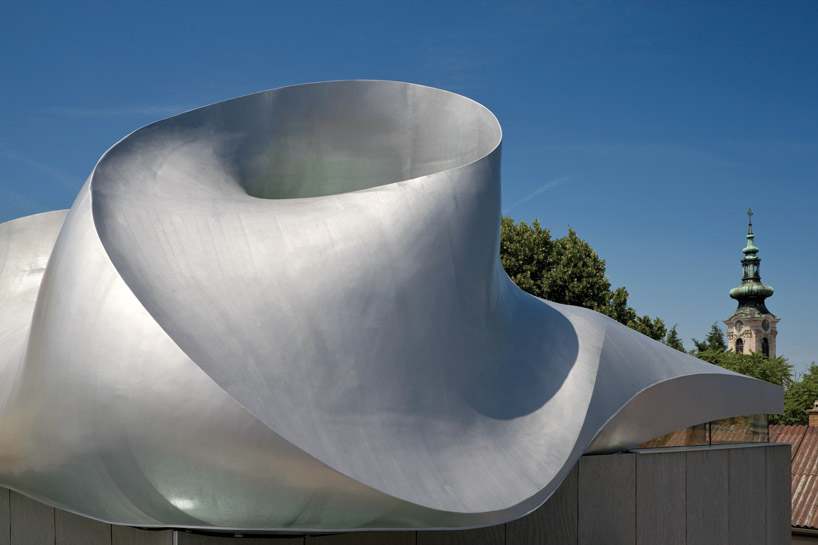 ‘martin luther church hainburg’ in hainburg, austria steel roof and skylight image ©
‘martin luther church hainburg’ in hainburg, austria steel roof and skylight image © 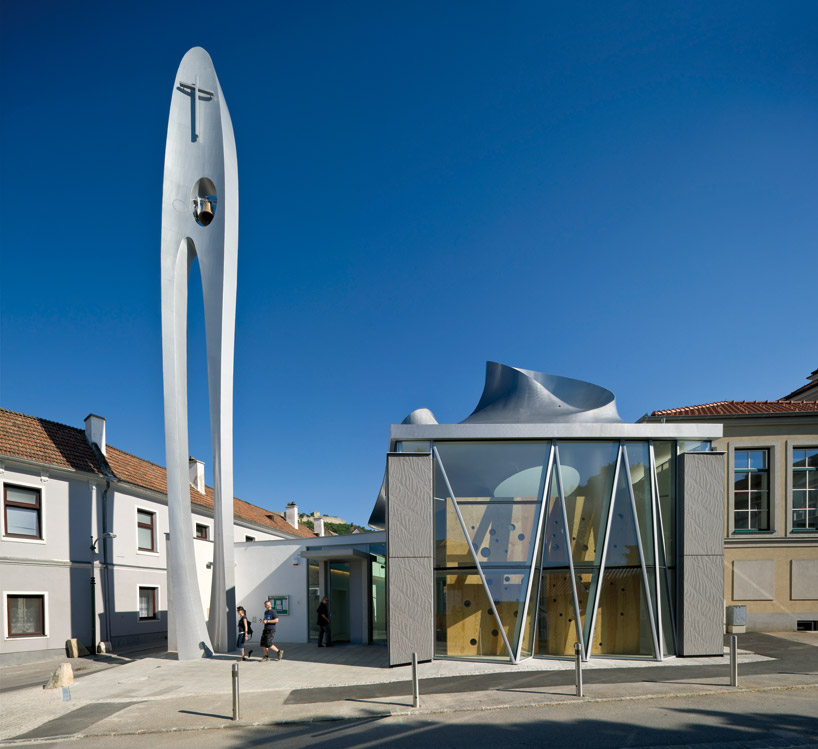 overall view with bell tower image ©
overall view with bell tower image © 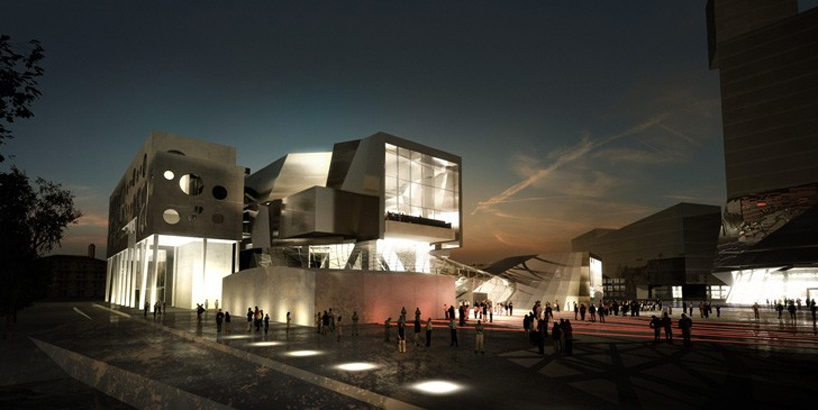 the ‘house of music’ by night image © coop himmelb(l)au
the ‘house of music’ by night image © coop himmelb(l)au image © coop himmelb(l)au see more images of ‘
image © coop himmelb(l)au see more images of ‘ ‘dalian international conference center’ in dalian, china image © coop himmelb(l)au
‘dalian international conference center’ in dalian, china image © coop himmelb(l)au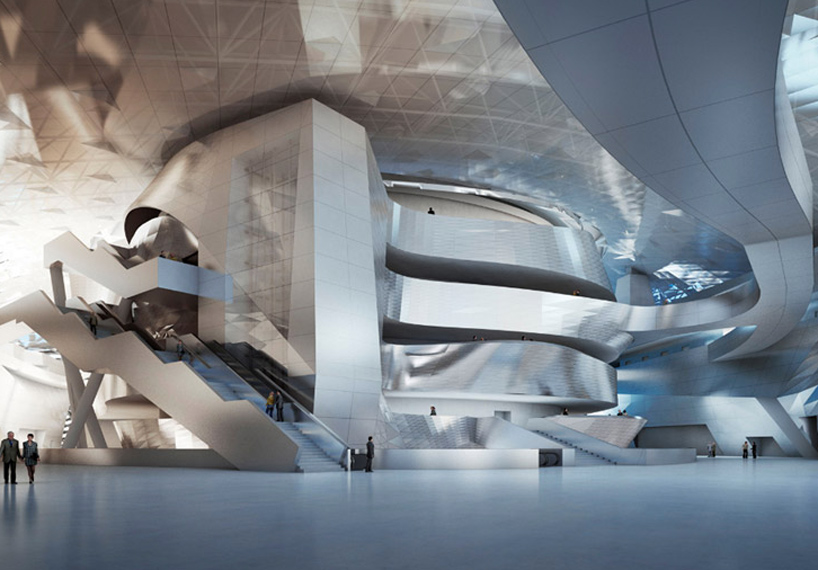 interior view of the main foyer image © coop himmelb(l)au
interior view of the main foyer image © coop himmelb(l)au aerial view of ‘dalian international conference center’ under construction image © coop himmelb(l)au see more images of the ‘
aerial view of ‘dalian international conference center’ under construction image © coop himmelb(l)au see more images of the ‘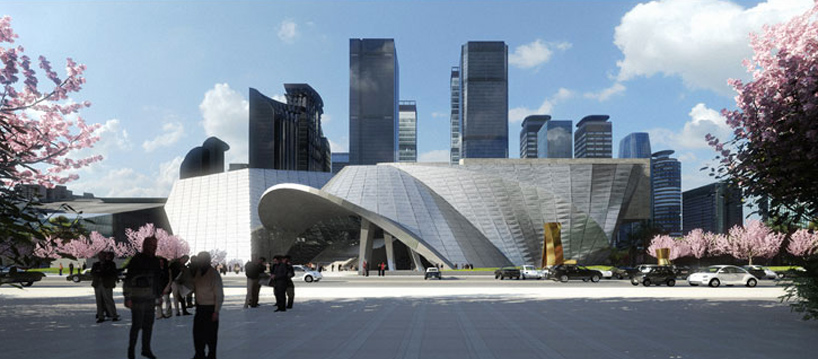 ‘museum of contemporary art & planning exhibition’ in shenzhen, china image © coop himmelb(l)au
‘museum of contemporary art & planning exhibition’ in shenzhen, china image © coop himmelb(l)au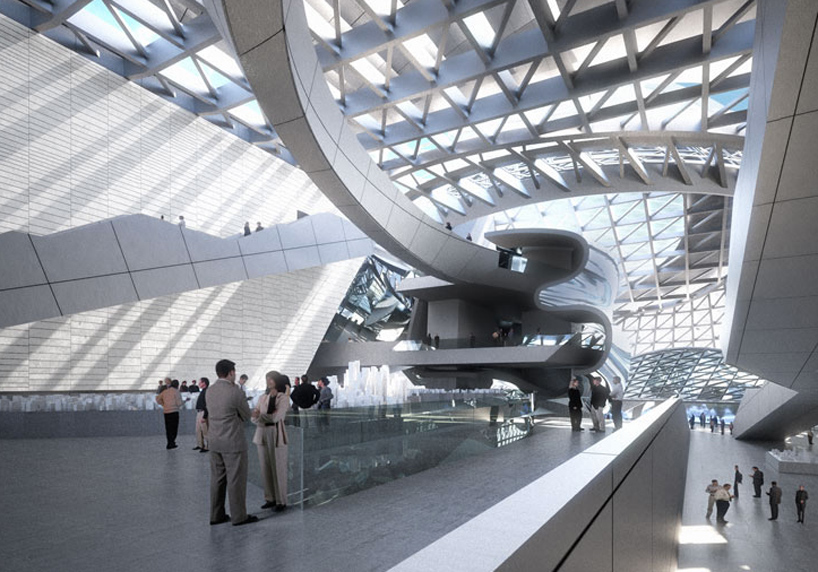 atrium image © coop himmelb(l)au
atrium image © coop himmelb(l)au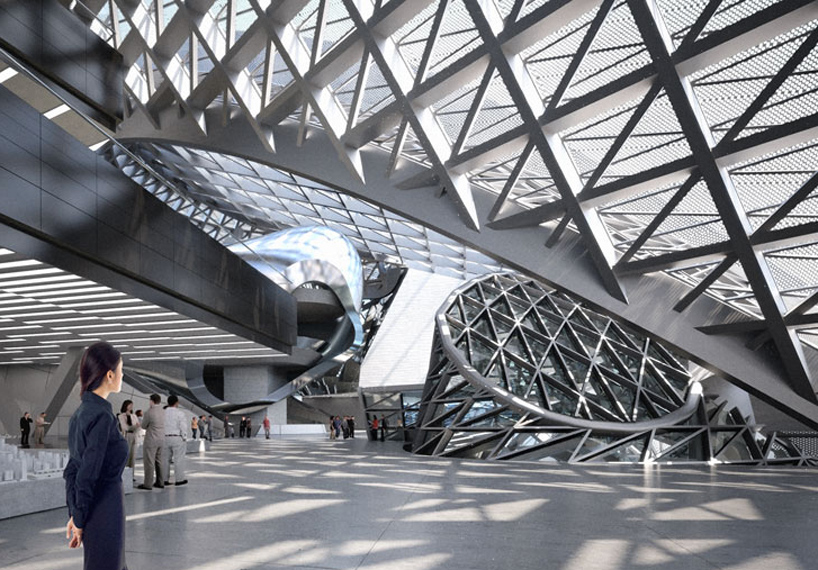 gallery / exhibition space image © coop himmelb(l)au see more images of ‘
gallery / exhibition space image © coop himmelb(l)au see more images of ‘ ‘pavilion 21 MINI opera space’ in munich, germany image ©
‘pavilion 21 MINI opera space’ in munich, germany image © 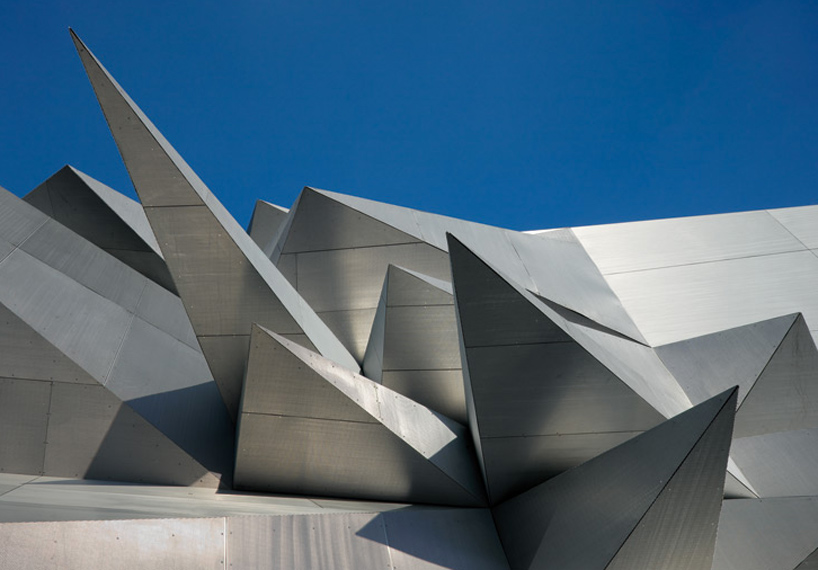 up close of the façade’s triangular potrusions image ©
up close of the façade’s triangular potrusions image ©  ‘BMW welt’ in munich, germany image ©
‘BMW welt’ in munich, germany image ©  exterior view image ©
exterior view image ©  interior image ©
interior image © 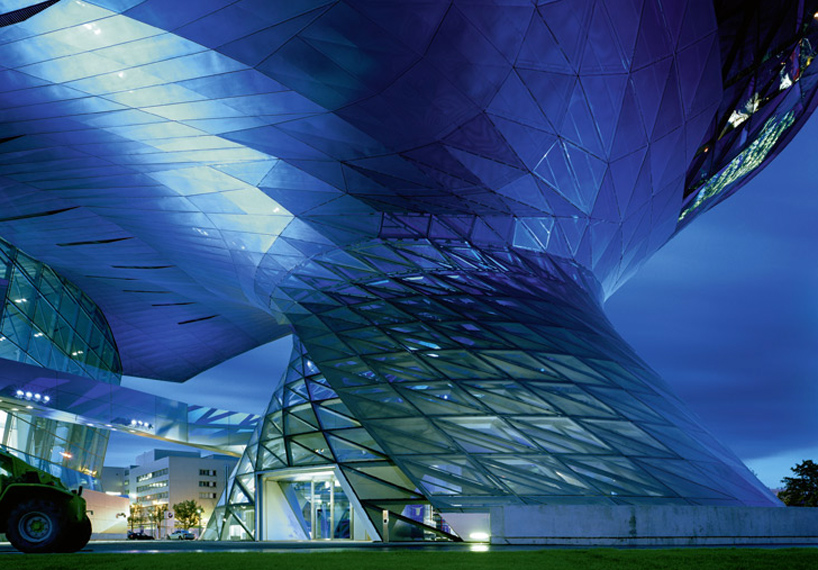 night view of the structural vortex image ©
night view of the structural vortex image © 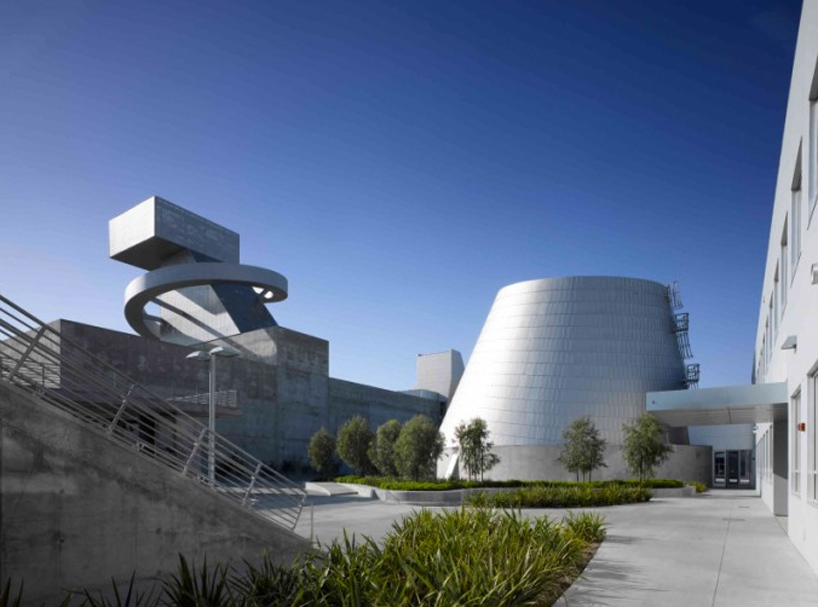 ‘central los angeles area high school #9’ in los angeles, california, USA image ©
‘central los angeles area high school #9’ in los angeles, california, USA image ©  ‘akron art museum’ in akron, ohio, USA image ©
‘akron art museum’ in akron, ohio, USA image © 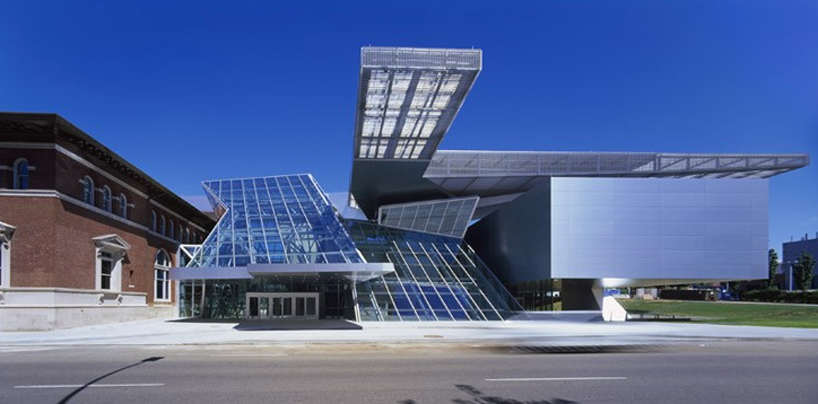 street view of entrance image ©
street view of entrance image ©  the new form juxtaposed against the historic architecture of the block image ©
the new form juxtaposed against the historic architecture of the block image ©  ‘busan cinema center’, busan, south korea image ©
‘busan cinema center’, busan, south korea image ©  image ©
image © 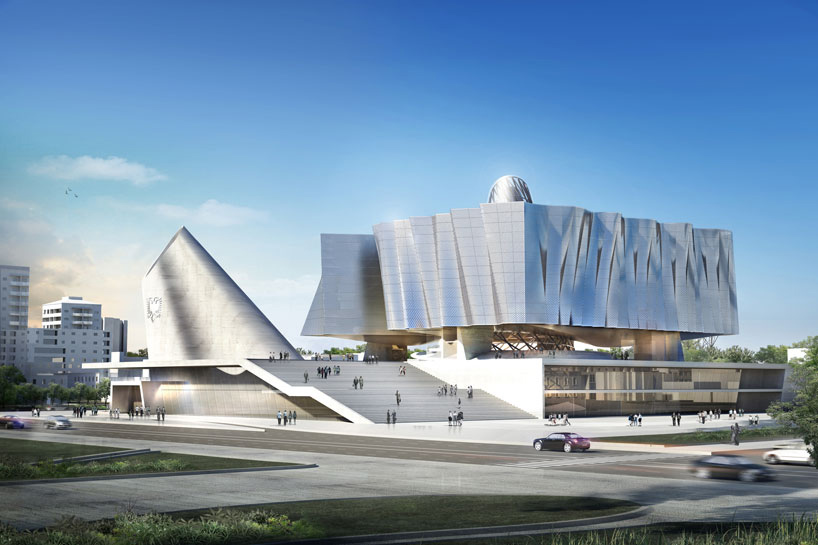 ‘open parliament of albania’, tirana, albania image © coop himmelb(l)au
‘open parliament of albania’, tirana, albania image © coop himmelb(l)au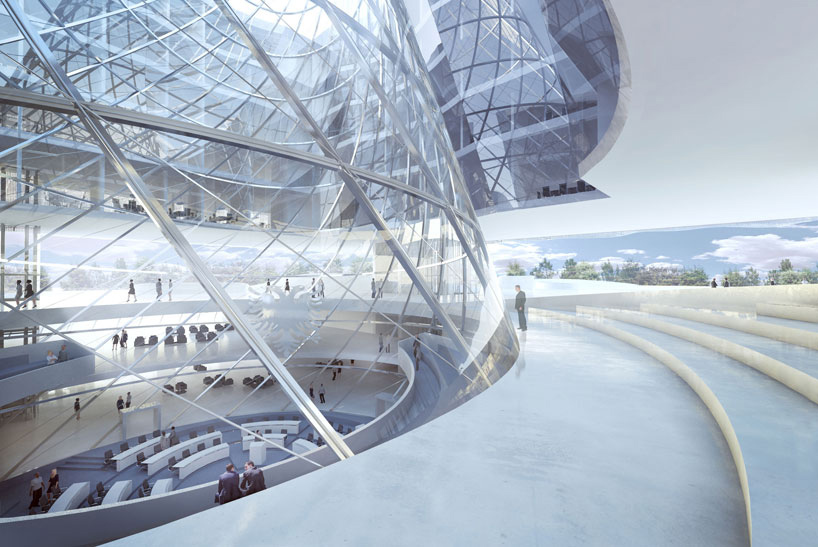 view of the interior from outside image © coop himmelb(l)au
view of the interior from outside image © coop himmelb(l)au congress meeting room image © coop himmelb(l)au see more images of the ‘
congress meeting room image © coop himmelb(l)au see more images of the ‘ ‘art museum strongoli’ in calabria, italy image © coop himmelb(l)au see more images of ‘
‘art museum strongoli’ in calabria, italy image © coop himmelb(l)au see more images of ‘ ‘european central bank’ in frankfurt, germany image ©
‘european central bank’ in frankfurt, germany image ©  image © coop himmelb(l)au see more images of the ‘
image © coop himmelb(l)au see more images of the ‘ wolf d. prix of coop himmelb(l)au photo © clemens fabry
wolf d. prix of coop himmelb(l)au photo © clemens fabry


